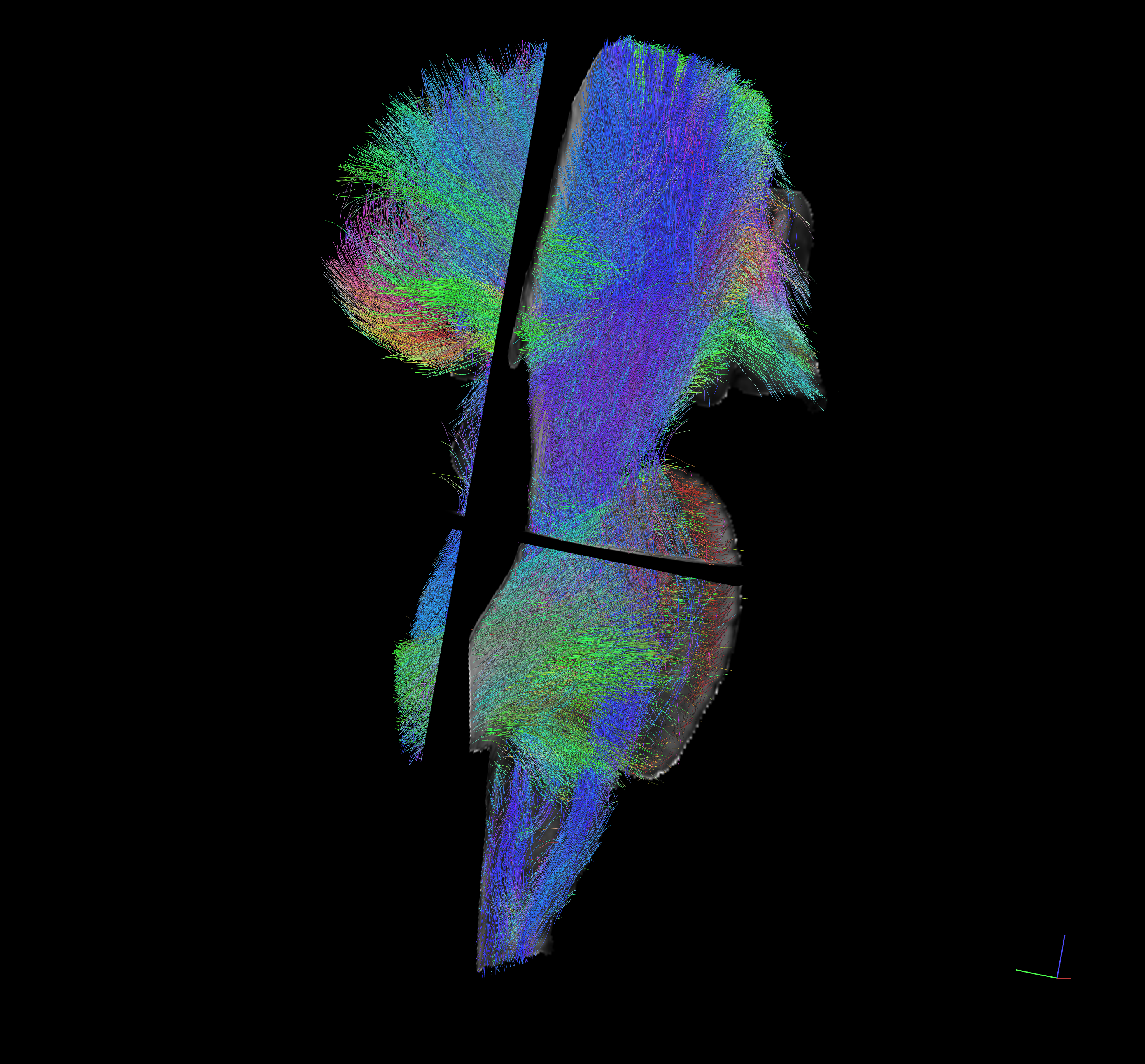Discovery of New Brain Region Could Have Implications for Neurodegenerative Disorders

The recent discovery of a previously unknown region of the human brain could have significant implications for neurodegenerative disorders affecting motor skills, such as Parkinson’s disease and motor neuron diseases including amyotrophic lateral sclerosis and spinal muscular atrophy
Neuroscientist George Paxinos’ discovery of the endorestiform nucleus, which functions to control fine motor skills, is detailed in his new book, “Human Brainstem: Cytoarchitecture, Chemoarchitecture, Myeloarchitecture,” and published in Elsevier.
An increasingly detailed map of the brain and spinal cord has been essential to most major discoveries in neuroscience in the past century. In the book, Paxinos and colleagues from Neuroscience Research Australia (NeuRA) present the first detailed atlas of the human brainstem — the back section of the brain that is continuous with the spinal cord — in over twenty years.
“I am a brain cartographer and the maps I do are of the normal, the canonical brain, and other scientists can compare their pathological tissue if they study Alzheimer’s disease, Parkinson’s, epilepsy tissue obtained from post-mortems against the canonical brain,” Paxinos said.
The researchers took advantage of new imaging technology that allows for the brain to be studied in live, conscious individuals. Although the imaging resolution has room for improvement, researchers still had the advantage of imaging the brain in its natural location as opposed to removing it and processing it for imaging post-mortem, which distorts the results and, ultimately, identification of brain regions. This new, live imaging technology allowed researchers to identify structures and more accurately map them to specific areas in the brain.
When constructing a new map of the human brainstem, the team identified a region formerly unknown to science. They found that the endorestiform nucleus is in a part of the brain called the restiform body or inferior cerebellar peduncle, which connects the cerebellum — the back of the brain — to the underlying brainstem. The restiform body is known to regulate fine motor skills by integrating information about a person’s surroundings and movements.
Previously, the region was not identified as its own nucleus — a group of nerve cells located deep inside the brain and brainstem that have similar connections and functions. The researchers now say it is a different area from its surroundings.
Discuss the latest research in the Parkinson’s News Today forums!
An initial observation of the region was made years ago in patients who underwent a therapeutic anterolateral cordotomy — a surgical procedure that deactivates selected pain-conducting pathways in the spinal cord to alleviate pain.
This procedure is commonly performed on patients experiencing severe pain because of cancer or other diseases. It was observed that some of the pathways that were severed in the spinal cord because of the procedure connected to this sub-region in the restiform body in the brainstem.
The brain region has not been found in several monkeys that are very closely related to humans, making it possibly exclusive to humans and possibly holding clues as to what makes us unique.
“One intriguing thing about this endorestiform nucleus is that it seems to be present only in the human; we have not been able to detect it in the rhesus monkey or the marmoset that we have studied,” Paxinos said. “I can only guess about its function but given the part of the brain where it’s found, the highway that connects the spinal cord to the cerebellum, it might be involved in fine motor control that humans are so good at. It would be hard to imagine a chimpanzee playing the guitar dexterously even if it liked to make music.”
Sample images and 3D animations of the brain can be seen here and Paxinos can be seen explaining his discovery here.






